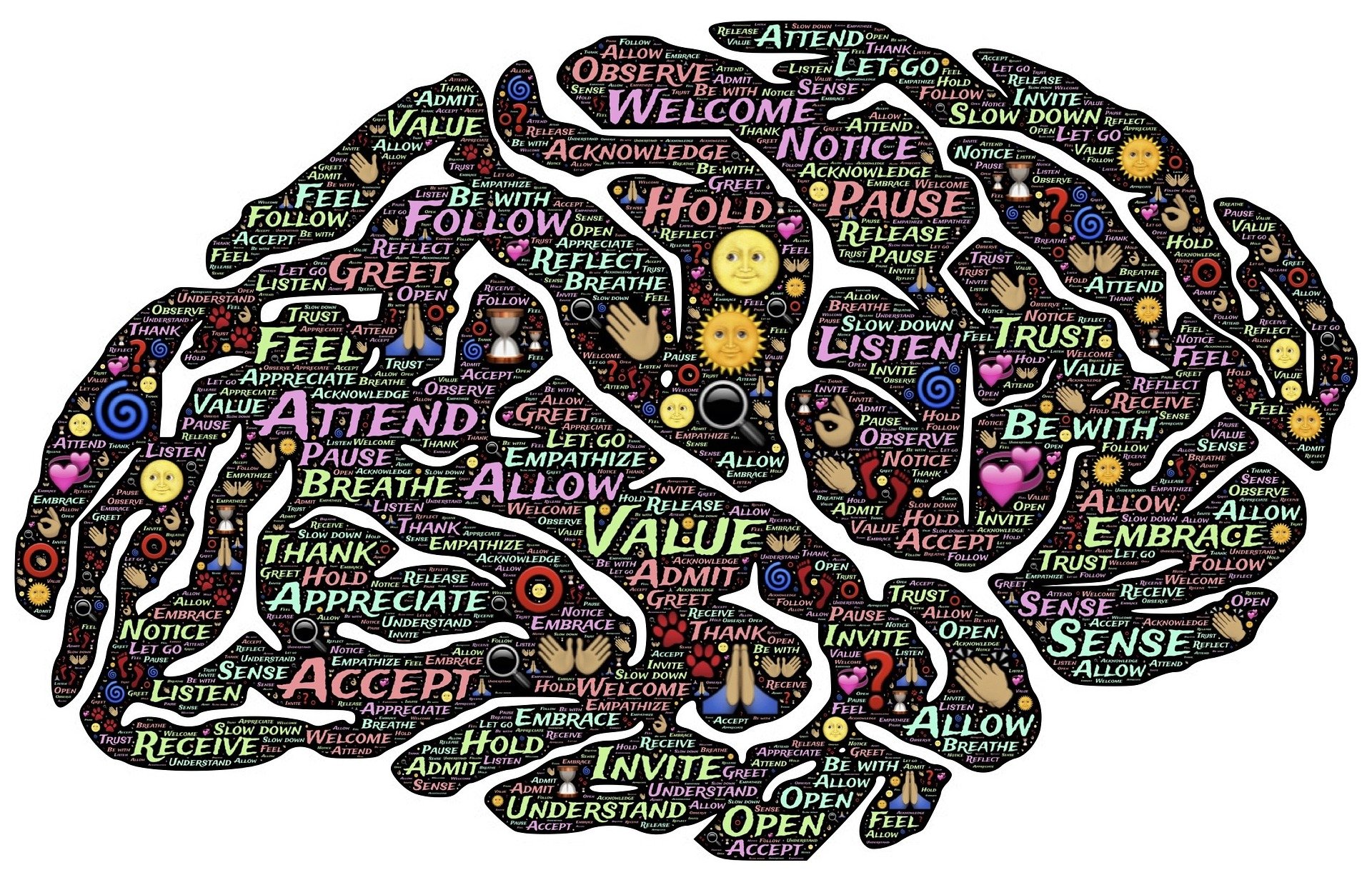Stress Literally Changes Our Brain’s Built Environment
Just as long-term exposure to stress can change the functionality of our brains, mindfulness can also rewire and ultimately counteract some of the impacts of stress.
***
The bluff rose to my left as the long, flat beach stretched toward the Pacific Ocean on my right. The trees perched high above me bent sharply from years of exposure to wind; their artistic forms always fascinated me.
I was with my family on a walk on a typical blustery Pacific Northwest fall day on one of our annual long weekend trips to the coast. On this particular walk, I was in middle school and remember asking my parents a “why” question about something in the world. And along with receiving an answer, I remember also receiving a comment about my curiosity.
I frequently reflect on that conversation when I wonder how and why– questions I still ask today. It’s that natural curiosity that led me to engineering. It’s a curiosity that also led me to mindfulness.
When we experience chronic stress, our brains change. We inadvertently teach them that more energy should be allocated towards stress response rather than higher level executive function such as planning, decision-making, problem solving, self-control, and memory. The prefrontal cortex and hippocampus have been shown to respond to higher levels of stress with structural changes including fewer and altered neural connections, fewer formation of new neurons, and volume reduction.
These changes result in functional changes including difficulty regulating our thoughts, emotions, and behavior; contextualizing new situations and information; and storing new information and learning. The amygdala, the portion of the brain responsible for our stress response, can increase in size and cause a hyperactive stress response.
Mindfulness practices tap into the neuroplasticity of our brains – new neural pathways can be built over time. So just as long-term exposure to stress can change the functionality of our brains, mindfulness can also rewire and ultimately counteract some of the impacts of stress. Mindfulness practices increase brain gyrification, which is the folding of brain tissue. This allows our brains to process information more efficiently.
The Science
Multiple studies conducted by researchers at Harvard explored the impacts of mindfulness on the brain. Study participants completed the Mindfulness Based Stress Reduction (MBSR) Program developed by Jon Kabat-Zinn in 1979, which is an intensive mindfulness course involving daily practice and weekly group meetings for eight weeks. Researchers took functional MRIs of participants shown emotional content before and after the program. The research found that areas of the participants brains changed: decreased gray matter in the amygdala and increased gray matter in the hippocampus and temporoparietal junction.
Even if you haven’t experienced chronic stress, mindfulness is not only for counteracting these impacts. This practice can still change your brain and body. Examples of some other benefits of mindfulness are summarized as follows:
Physical Benefits
Reduced blood pressure
Alleviation of pain
Improved quality of sleep
Enhanced treatment of diseases such as diabetes and cancer
Emotional Benefits
Improved self-compassion
Improved relationships
Improved empathy
Cognitive Benefits
Improved concentration and attention
Increased faculty of memory and IQ
Reduced anxiety and stress
Reduced addictive tendencies
These benefits are important to our individual wellbeing, but also impact our teamwork and leadership as engineers. As discussed in the second article of this series, a mindfulness practice is most effective as a practice: these benefits will be felt with consistency and time. Find what works best for you, maybe it’s sitting on a beach somewhere focusing on the waves with windswept trees above, and grow your journey.
About the Author: Elyssa Dixon is a mindfulness and meditation coach, and founder of fleeceandforests LLC. She worked as a civil engineer in consulting for about eight years before shifting her career. Click here to learn more about her.


